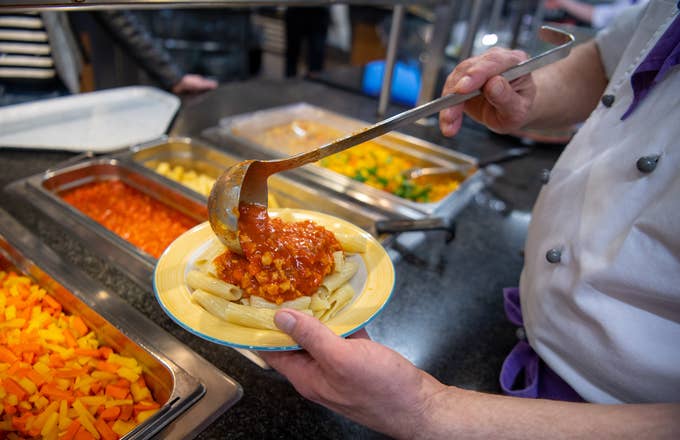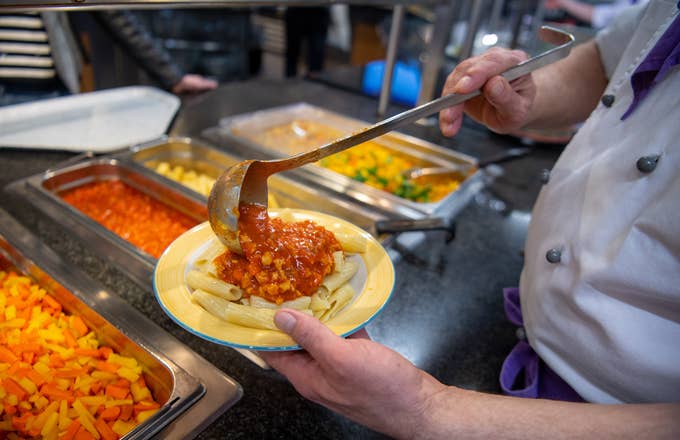
As some parents are paying top dollar to ensure their kid's college placement, a new survey reveals that many students can barely afford basic needs.
As pointed out by MarketWatch, the Hope Center for College Community and Justice at Temple University polled 86,000 students from 123 colleges. 45 percent of students experienced "food insecurity," which is defined as "limited or uncertain availability of nutritionally adequate and safe food, or the ability to acquire such food in a socially acceptable manner." This includes skipping meals and experiencing hunger due to lack of funds.
Additionally, 56 percent of respondents were housing insecure, while 17 percent admitted to experiencing homelessness within the past year. The survey reported that, of those who experience food insecurity, over two-thirds of them are employed.
The inability to afford basic needs such as food and shelter is caused by a number of factors. The study found that students from low-income homes experience food and housing insecurity the most, and the cost of tuition, room, and board only intensifies their financial situation. In addition, the value of a college degree has gone up, along with the cost of tuition (the U.S. average cost for a full year of tuition at a public university is $25,290, and $50,900 for a private university), forcing some students to scrape just to get by.
Aside from calculating the numbers, the Center proposed some ways for colleges to address these issues. These include appointing basic needs directors, allowing students to share meal cards, and increasing awareness of government assistance programs like SNAP (30 percent of students who could barely afford meals utilized the food stamps program).

